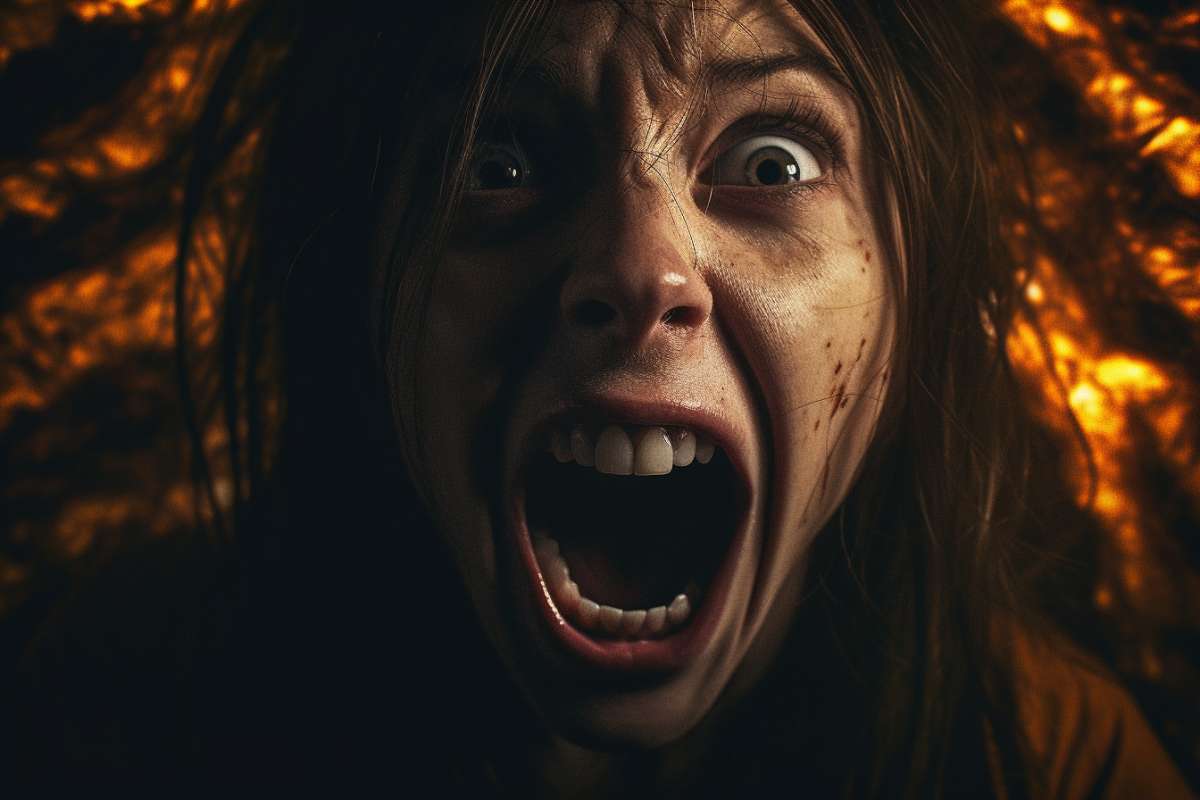Table of Contents
- Introduction
- The Origins of Horror in Literature
- The Evolution of Horror in Film
- Modern Horror
- Conclusion
Introduction
Horror is a genre that has been around for centuries. From the Gothic novels of the 18th century to the slasher films of the 20th century, horror has evolved and adapted to suit the fears of each generation. But where did this genre come from? What are the origins of horror? In this article, we will explore the history of horror in literature and film, tracing its evolution from its earliest roots to its modern manifestations.
The Origins of Horror in Literature
The origins of horror in literature can be traced back to the Gothic novels of the late 18th century. These novels, which often featured supernatural elements and dark, foreboding settings, were designed to elicit fear and terror in their readers. The most famous of these novels is probably Mary Shelley's Frankenstein, which tells the story of a scientist who creates a monster out of dead body parts.
As the 19th century progressed, horror literature became more popular, and authors began to experiment with different forms of horror. Edgar Allan Poe, for example, wrote stories that were more psychological in nature, exploring the dark recesses of the human mind. His stories, such as "The Tell-Tale Heart" and "The Fall of the House of Usher," are still considered classics of the horror genre today.
By the 20th century, horror literature had become a well-established genre, and authors continued to push the boundaries of what was considered acceptable. Bram Stoker's Dracula, published in 1897, introduced the world to the iconic vampire, while H.P. Lovecraft's Cthulhu Mythos created an entire pantheon of terrifying cosmic entities.
Also read: Love through the Ages: A History of Romance Novels
The Evolution of Horror in Film
The horror genre really came into its own in the 20th century, with the advent of cinema. The first horror film, according to many film historians, was Georges Méliès' Le Manoir du Diable (The Haunted Castle), which was released in 1896. However, it was not until the 1920s and 1930s that horror films became a major genre in Hollywood.
The early horror films of the 1920s and 1930s, such as Nosferatu (1922) and Frankenstein (1931), were often adaptations of popular horror literature. These films relied on atmosphere and suspense to create a sense of dread in the audience.
In the 1950s and 1960s, horror films took a new direction, with the rise of the monster movie. Films such as The Creature from the Black Lagoon (1954) and Godzilla (1954) were hugely popular, and inspired a wave of imitators.
In the 1970s and 1980s, horror films took yet another turn, with the rise of the slasher movie. Films such as Halloween (1978) and Friday the 13th (1980) popularized the idea of a masked killer stalking and killing teenagers. These films were controversial and sparked a debate about the morality of violence in media.
Also read: The Rise of the Superhero: From Comic Books to Blockbusters
In the 1990s and 2000s, horror films became more self-aware, with films such as Scream (1996) and Cabin in the Woods (2011) poking fun at horror movie tropes and clichés. At the same time, Asian horror films such as The Ring (2002) and Ju-on: The Grudge (2002) gained popularity in the West, introducing audiences to new forms of horror.
Modern Horror
Today, the horror genre continues to evolve and adapt. In recent years, we have seen the rise of "elevated horror," with films such as Get Out (2017) and Hereditary (2018) using horror tropes to explore deeper social and psychological themes.
The horror genre has also expanded beyond film and literature, with horror video games, TV shows, and podcasts gaining popularity. Interactive Choose-Your-Own-Adventure stories, like those found on Choose-Your-Adventure.com, allow readers to experience horror in a new way, putting them in control of the story's outcome.
Conclusion
The horror genre has a long and rich history, with roots that can be traced back to the Gothic novels of the 18th century. Over the years, horror has evolved and adapted to suit the fears of each generation, from the psychological horror of Edgar Allan Poe to the slasher movies of the 1980s. Today, the horror genre continues to thrive, with new forms of horror emerging all the time. Whether you prefer classic horror literature, monster movies, or modern "elevated horror," there is something for everyone in the horror genre.
